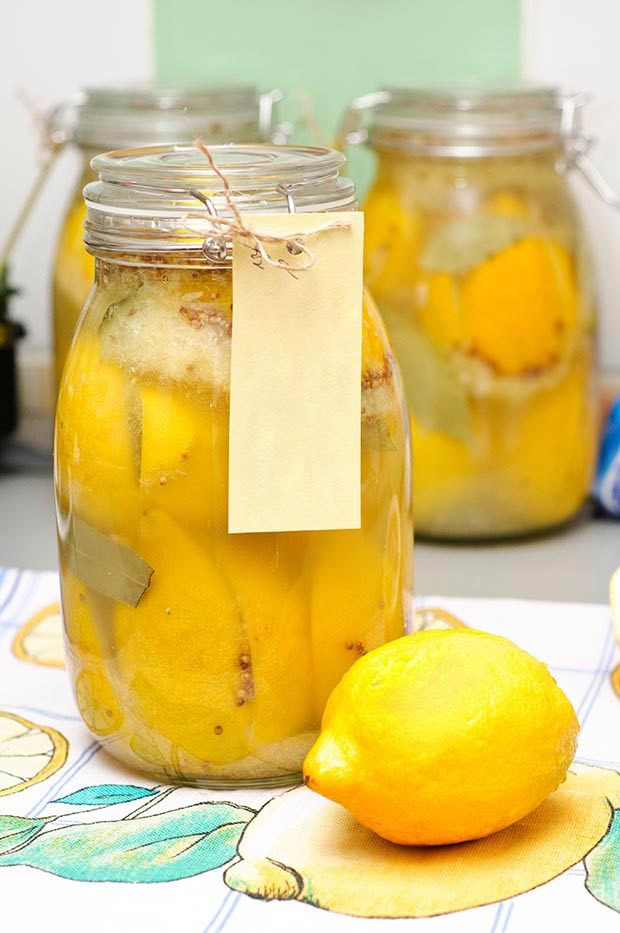How to preserve lemons

If you’re looking for a way to use up your lemons, try spicing things up with Moroccan cuisine
Recipe: Kristina Jensen
Possibly the most important condiment in the Moroccan larder is preserved lemons. Their taste, texture and aroma is unique and substituting fresh lemons doesn’t quite cut it (although cookbooks will say otherwise). Preserved lemons are used in tagines, salads, couscous, vegetable brines and fish dishes.
Moroccans use the thin-skinned fragrant Moroccan doq lemon. The closest lemon we have is the thicker-skinned Meyer lemon which turns very soft in the preserving process. Californian Eureka lemons work well too.
Preserving lemons requires lots of lemon juice so do it when you have a surplus of lemons on your tree, or they are in season and on special at your local shops. Use smaller lemons if you can. Ones with less pith work best.
Preserved Lemons
INGREDIENTS
Lots of lemons (I used about 20)
½ cup salt (you may need more
METHOD
Use only the best lemons with unblemished skin, good colour and shape, and leave the rest to supply the juice.
You want to almost quarter the lemons by cutting them long-ways but leave them joined at the ‘nipple’ end of the lemon. Sprinkle the cut flesh generously with salt, then reform the lemon and place in a sterile jar that has a tight-fitting lid.
Add more salt as you add layers of lemons, and push them down on top of each other to pack the jar without deforming them. Fill the space around the lemons with freshly squeezed lemon juice until the lemons are covered.
Seal and allow to ripen in a warm place, turning the jar upside down every few days to distribute the salt and juice. Top up with lemon juice if needed to keep the lemons covered.
Keep for at least a month before using. To use: pluck out with a wooden fork or spoon and rinse under cold running water. Remove the pulp unless the recipe calls for it.
Love this story? Subscribe now!
 This article first appeared in NZ Lifestyle Block Magazine.
This article first appeared in NZ Lifestyle Block Magazine.
